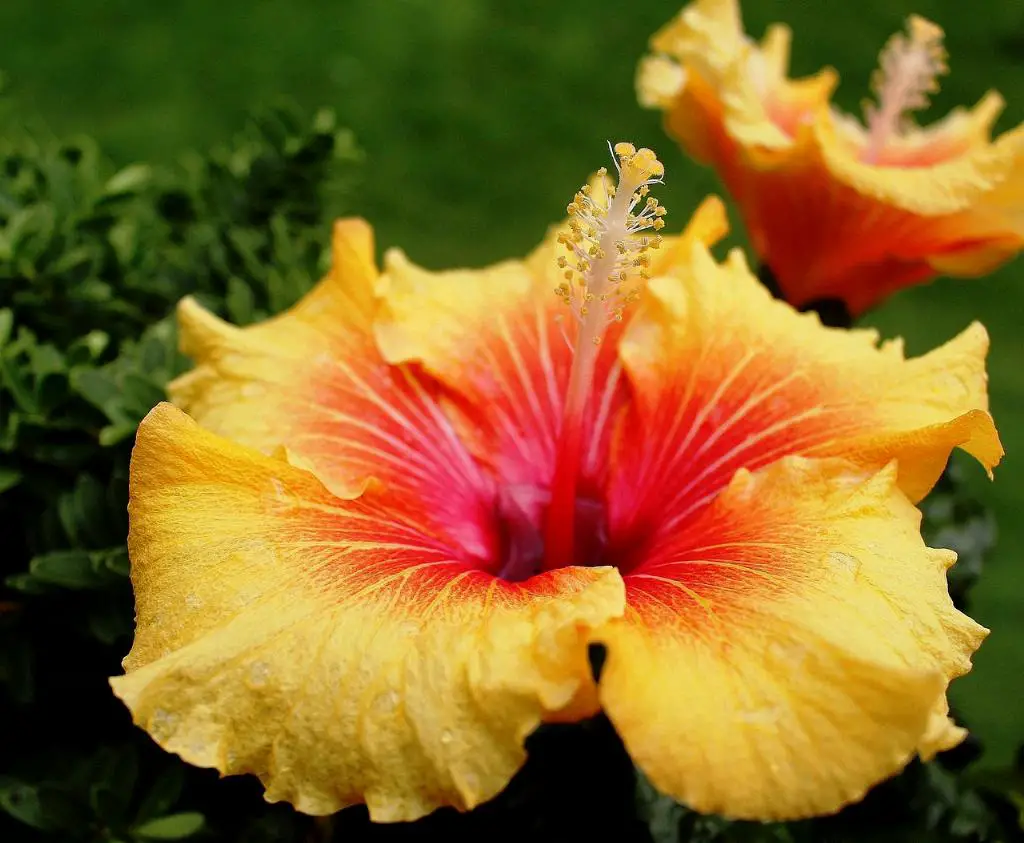One of the common types of hibiscus, known scientifically as Hibiscus syriacus, belongs to the mallow family, Malvaceae. This particular species is native to regions in east Asia but has been successfully introduced to various other parts of the world, including Europe and North America. The unique epithet syriacus stems from the fact that specimens were first gathered from gardens in Syria.
Interestingly, Hibiscus syriacus is known for its resilience to frost and its ability to endure moderate winter conditions. Despite this hardiness, it is advisable, especially during the initial year after planting, to cultivate hibiscus in a pot. This way, you can easily transfer it indoors when temperatures drop significantly to safeguard its growth and health.
Adapting hibiscus to survive the winter entails strategic planning and caring for the plant’s specific needs. By maintaining it in a pot during the first year, you enable better control over its exposure to extreme weather conditions, allowing for a smoother transition to outdoor planting in subsequent years.
During winter, it is crucial to protect hibiscus from the potential harm caused by freezing temperatures. By keeping the plant in a pot indoors when the weather turns harsh, you provide it with a shield against cold that may otherwise inhibit its growth and overall well-being.
In regions with particularly harsh winters, such as those characterized by prolonged periods of freezing temperatures, it is essential to take additional precautions to ensure hibiscus survivability. Consider utilizing insulation methods or even relocating the plant to a more sheltered environment to safeguard it against extreme weather.
To keep hibiscus alive and thriving throughout the winter months, it is essential to monitor its watering schedule carefully. While it is crucial not to overwater the plant, ensuring it receives adequate hydration is key to supporting its growth and vitality during the colder months.
Additionally, providing hibiscus with proper nutrition and fertilization during the winter can significantly impact its ability to withstand harsh weather conditions. By supplementing the plant with essential nutrients, you equip it with the strength needed to endure challenging winter environments.
Pruning hibiscus before winter sets in is a beneficial practice that can promote healthier growth and enhance its ability to survive the colder months. Trimming back any damaged or overgrown branches allows the plant to focus its resources on maintaining its core structure and vitality during the winter season.
When preparing hibiscus for winter survival, it is crucial to address any existing pest issues that could compromise the plant’s health. By proactively treating potential pest infestations and monitoring for signs of pests during the winter, you can safeguard hibiscus against threats that may impede its growth.
Ensuring proper sunlight exposure for hibiscus during the winter months is essential for its survival. While the plant may require less sunlight during this period, providing it with sufficient light indoors or in a well-lit outdoor location can support its photosynthesis and overall health throughout the winter season.
In conclusion, hibiscus, particularly varieties like Hibiscus syriacus, can indeed survive winter conditions with the right care and precautions in place. By understanding the plant’s specific needs and implementing strategies to protect it from frost and extreme temperatures, you can enjoy the beauty of hibiscus year-round, even in colder climates.

